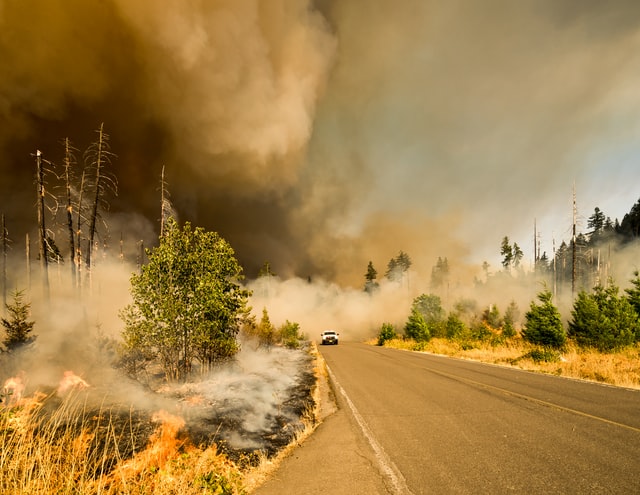 Wildfires are a common, yet dangerous, problem faced by Americans, especially in the southern and western parts of the country. In fact, in 2019, there were 50,477 wildfires, burning almost 4.7 million acres, according to information provided by the National Interagency Fire Center. This year’s fire season has been declared a major disaster by President Trump, reaching a historic scale and still growing.
Wildfires are a common, yet dangerous, problem faced by Americans, especially in the southern and western parts of the country. In fact, in 2019, there were 50,477 wildfires, burning almost 4.7 million acres, according to information provided by the National Interagency Fire Center. This year’s fire season has been declared a major disaster by President Trump, reaching a historic scale and still growing.
The Damaging Effect of Wildfire Smoke
Wildfires burn vegetation, forests and agricultural land and can also impact our homes, businesses and infrastructure such as roads and power supply. Fires damage not only our local environment but our health, as we inhale wildfire smoke which can travel hundreds of miles with the wind, spreading ash and toxins in the air. For instance, in the 2020 California wildfires, the smoke spread from the West Coast to Michigan.
In fact, the California wildfires, raging since August 2020, have already burned over 471,000 acres of land, leading to huge carbon monoxide rising up to almost 3 miles in the atmosphere, as of September 14, 2020, with concentrations higher than 350 parts per billion by volume, according to NASA.
The eerie brownish orange haze seen due to wildfires is a mix of gases, small particles and water vapor, according to experts at Specto Technology. These small particles are a primary health concern. These microscopic particles are known as PM 2.5 and can be 100 times thinner than a human hair. The PM 2.5 particles can reach deep into your lungs and even the bloodstream and cause runny noses, scratchy throats, burning eyes, headaches and illnesses such as bronchitis. It can also increase the chances of infections, such as pneumonia, among children and the elderly. The effects on the cardiovascular and respiratory systems are almost immediate, according to an article on Science Daily. Elevated levels of PM2.5 are also associated with an increased risk of severe complications caused by COVID-19, according to a recent study from Harvard University.
Protecting Your Workplace from Wildfire Smoke
One of the areas where people are most vulnerable to wildfire smoke in the workplace. Many people believe that it is only the outside air that gets affected by wildfire. That is not true. This misconception leads to many failing to take the necessary step to make the indoor areas, such as workplaces, safe from smoke. Here is how you can change that:
- Environmental Monitoring – Measure Pollution Levels
- It is vital to regularly measure the smallest and often the most dangerous particles, PM 2.5. If PM 2.5 levels are greater than an AQI of 150 (or 55 µg/m3), the workplace environment is classified as unhealthy. The employees in this scenario would be exposed to dangerous levels of wildfire smoke. You can know about the PM 2.5 levels from the weather authorities, but a more accurate and convenient method would be to use an air quality monitor.
- Review HVAC System
- Get the highest filtration rating your HVAC system can support. In case of unhealthy PM 2.5 levels, use the highest filtration settings. After consulting with a qualified HVAC engineer, consider reducing the air intake of the building to have a slightly positive pressure. This would reduce the pollution entering the building.
- Provide Respirators
- If PM 2.5 levels are greater than 150, you should consider giving respirators to the employees. The respirators must be fit tested to offer maximum protection. It must also be remembered that dust mask respirators marked N95, N-99, N-100, R-95, P-95, P-99, or P-100 do not offer any protection from vapors or gases.
If PM 2.5 levels exceed 500, you might want to consider relocating to another place, or at least stopping outdoor work for the time being.
-
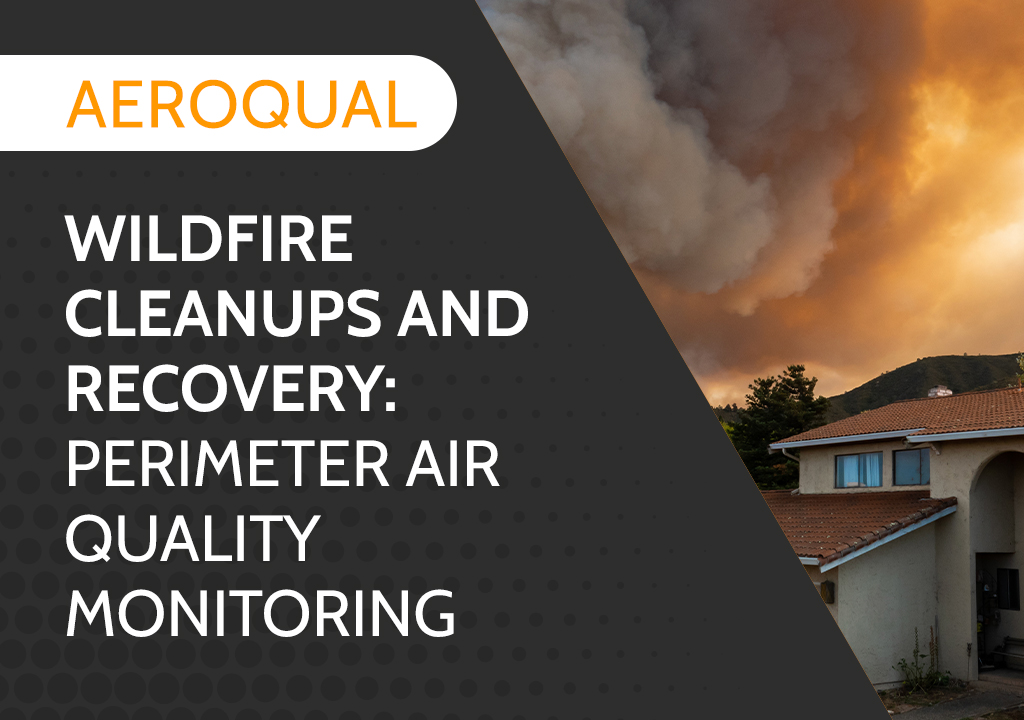 Wildfire Cleanups and Recovery: Perimeter Air Quality Monitoring
Wildfire Cleanups and Recovery: Perimeter Air Quality Monitoring -
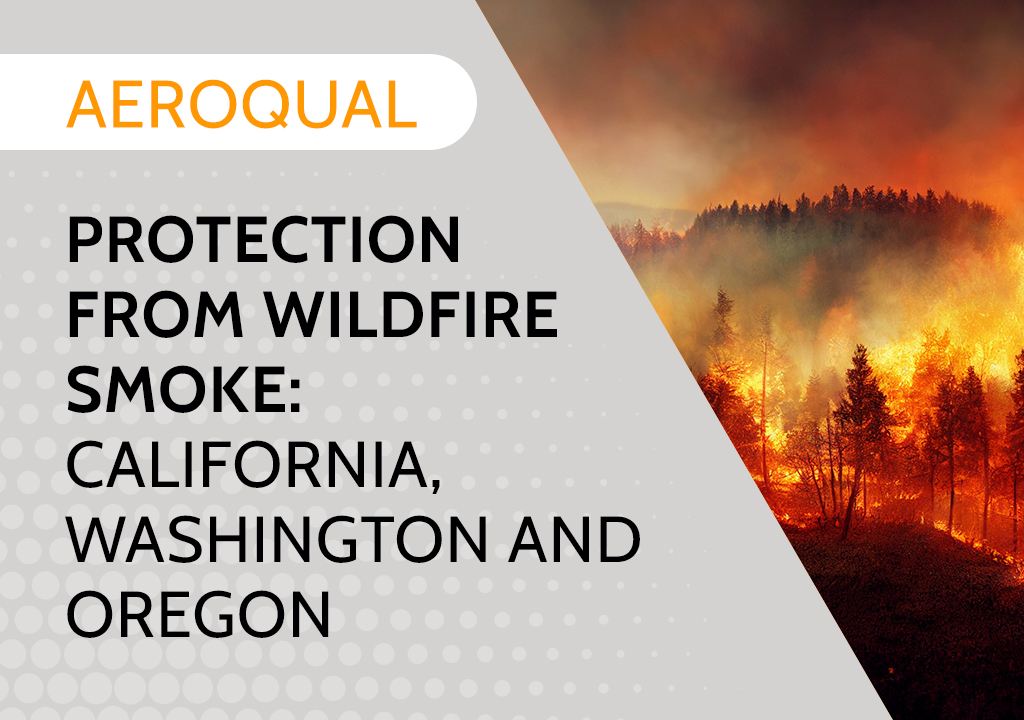 Protection from Wildfire Smoke – California, Washington and Oregon
Protection from Wildfire Smoke – California, Washington and Oregon -
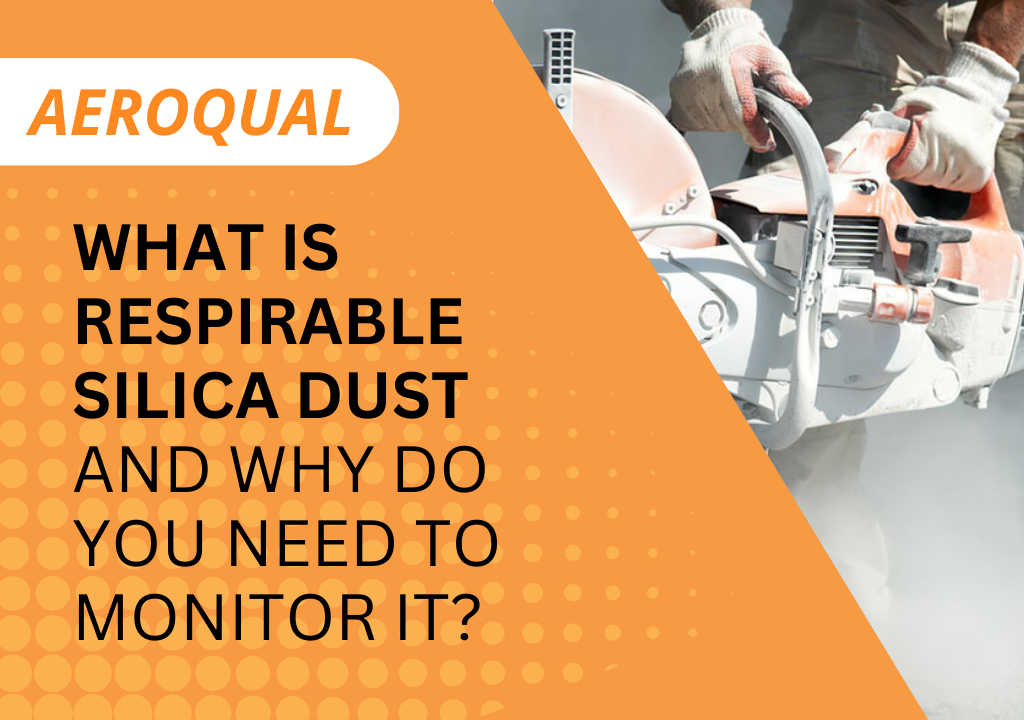 What is Respirable Silica Dust and Why Do You Need to Monitor It?
What is Respirable Silica Dust and Why Do You Need to Monitor It? -
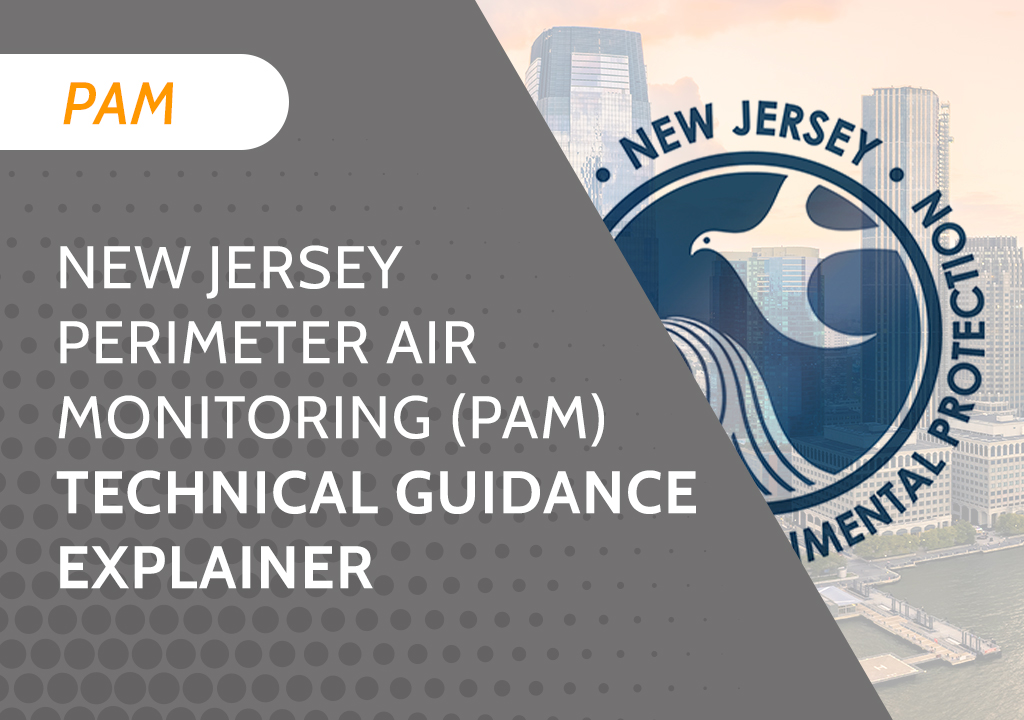 New Jersey Perimeter Air Quality Monitoring (PAM) Technical Guidance Explainer
New Jersey Perimeter Air Quality Monitoring (PAM) Technical Guidance Explainer -
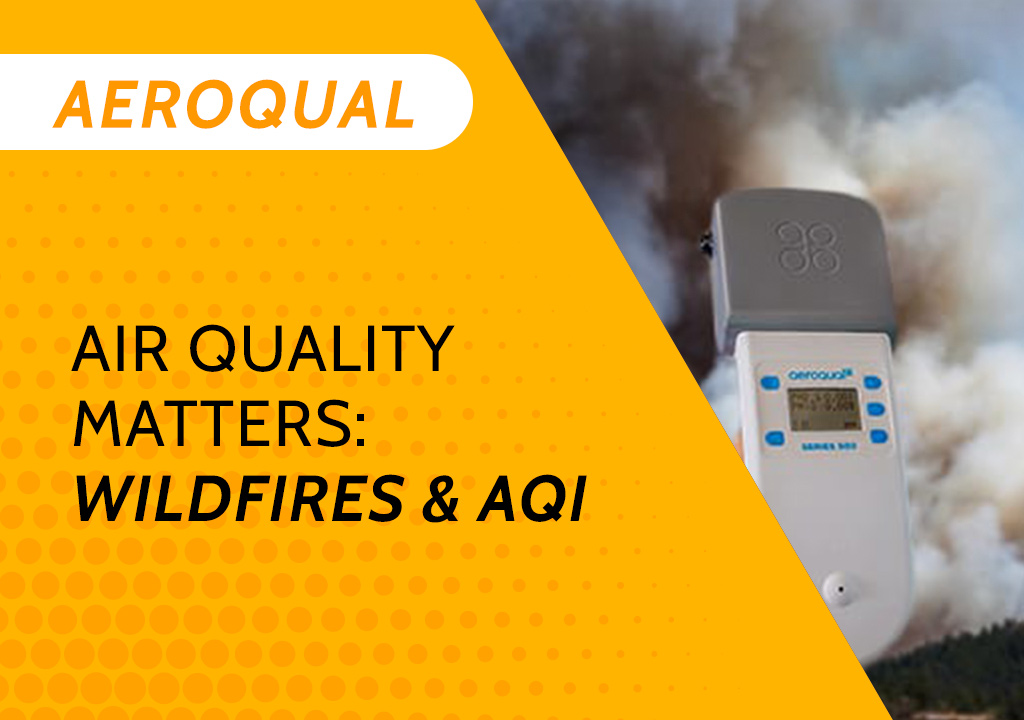 Air Quality Matters: Wildfires & AQI
Air Quality Matters: Wildfires & AQI -
 Aeroqual Ranger™ Cloud from Specto Technology - Configure Alerts
Aeroqual Ranger™ Cloud from Specto Technology - Configure Alerts -
 Aeroqual Ranger™ Cloud from Specto Technology - Connect to Wi-Fi
Aeroqual Ranger™ Cloud from Specto Technology - Connect to Wi-Fi -
 Aeroqual Ranger™ Cloud from Specto Technology - Swapping Sensor Heads
Aeroqual Ranger™ Cloud from Specto Technology - Swapping Sensor Heads -
 Aeroqual Ranger™ Cloud from Specto Technology AQI
Aeroqual Ranger™ Cloud from Specto Technology AQI -
 Assembly of a pole mounted solar panel system (3 panels)
Assembly of a pole mounted solar panel system (3 panels)
